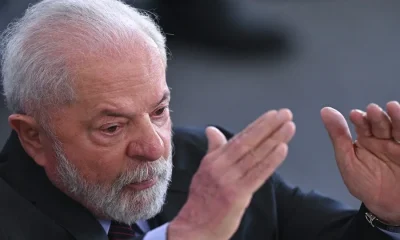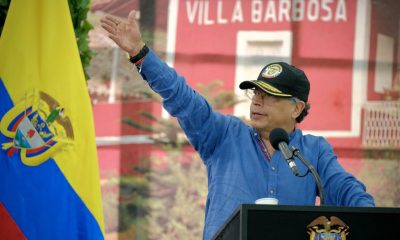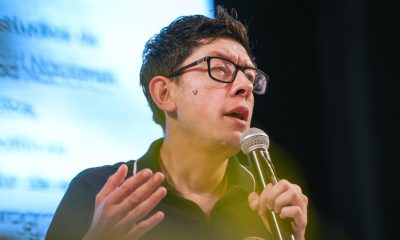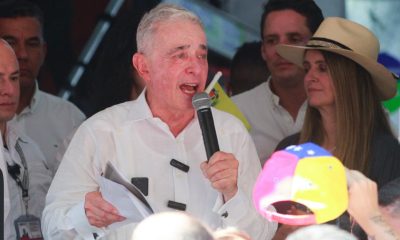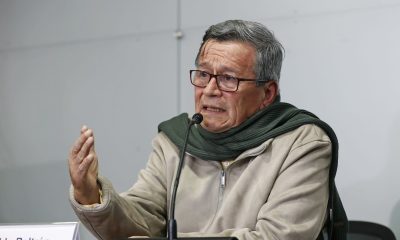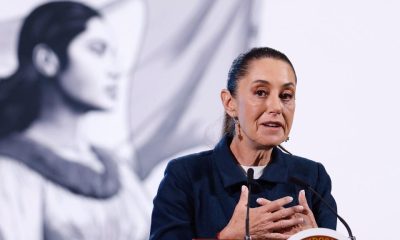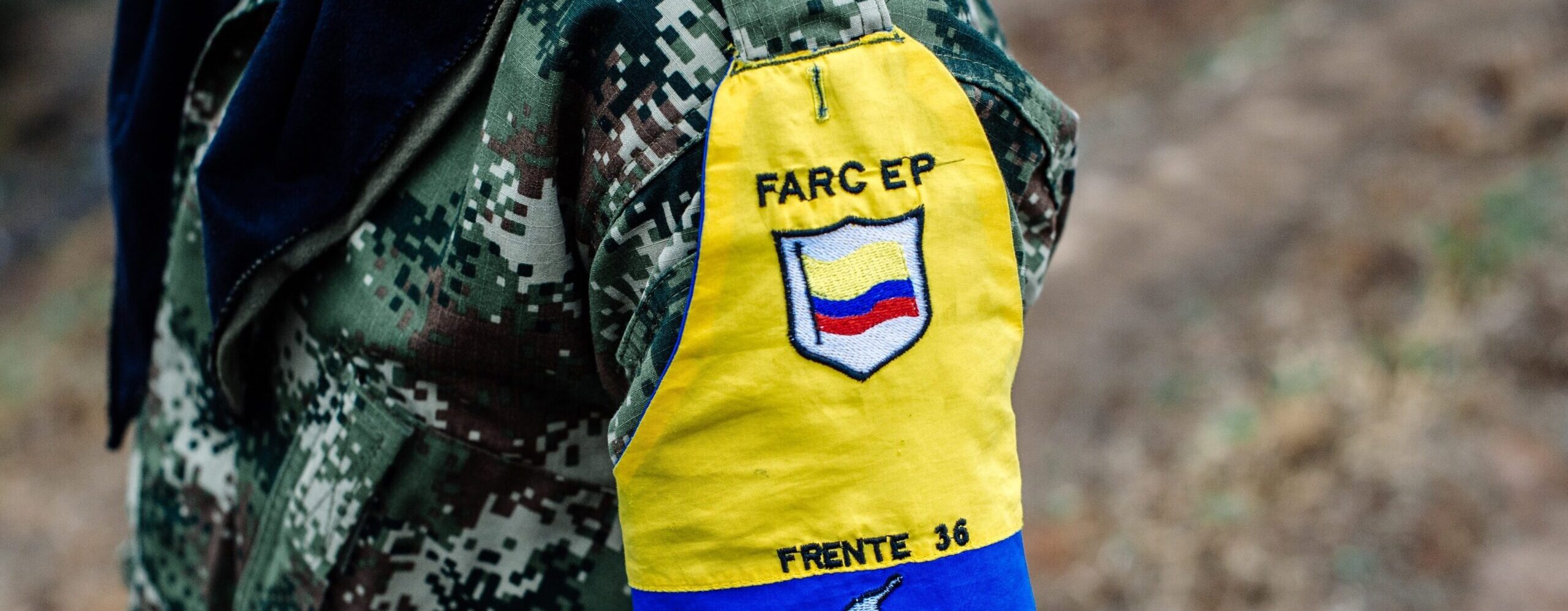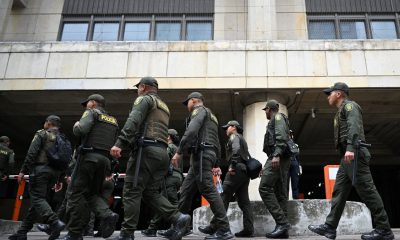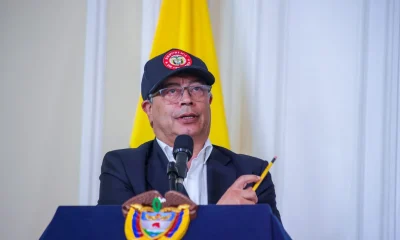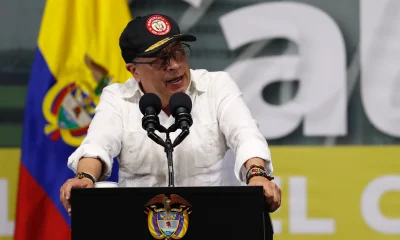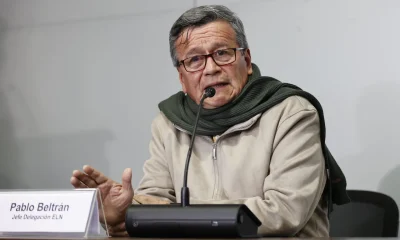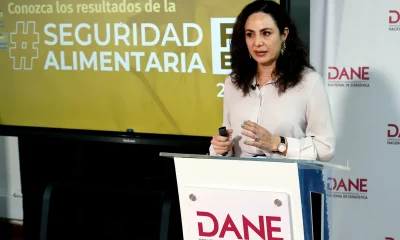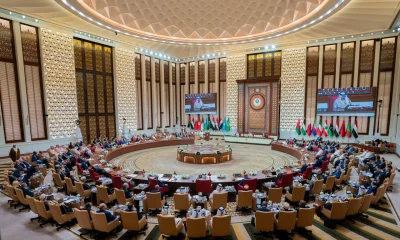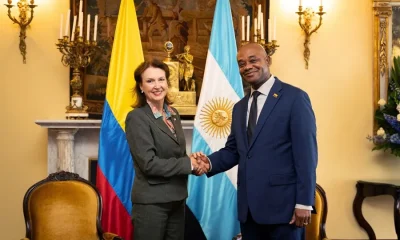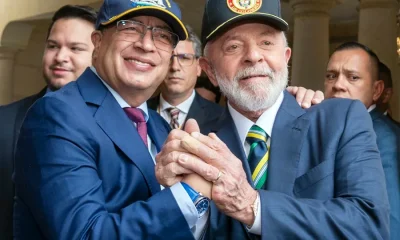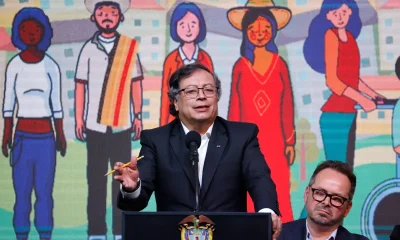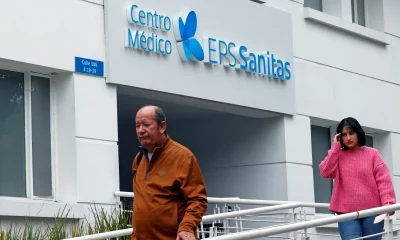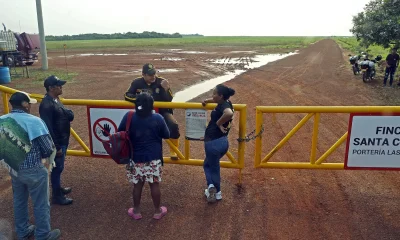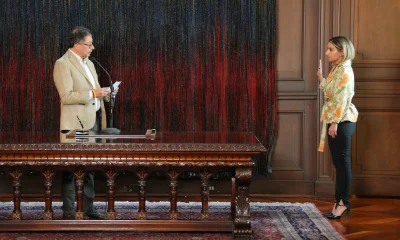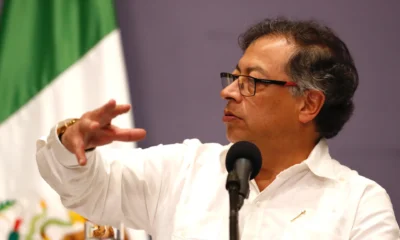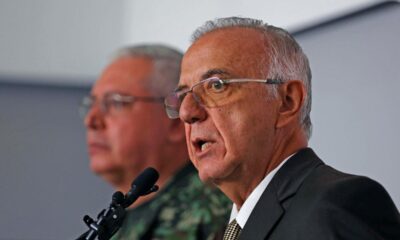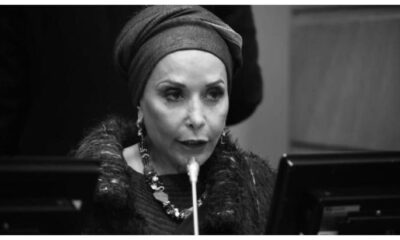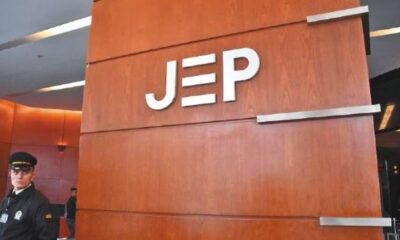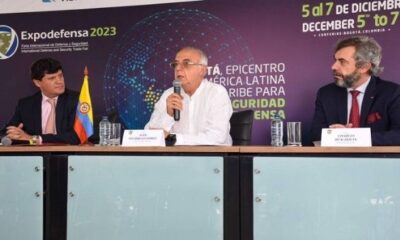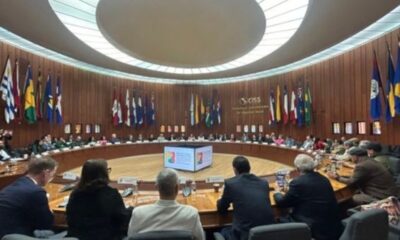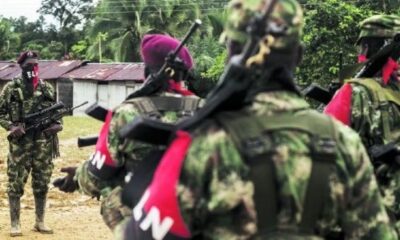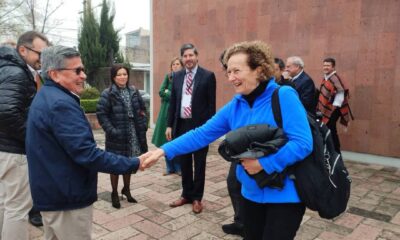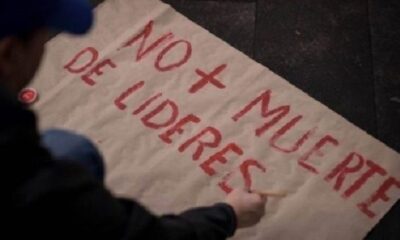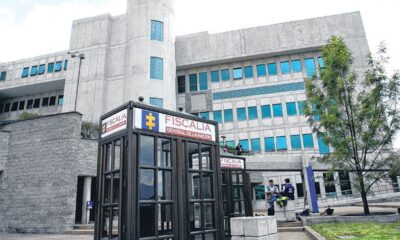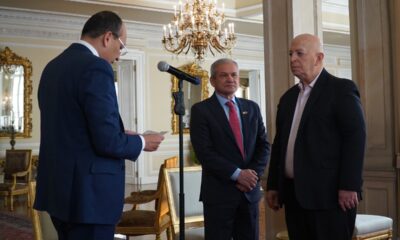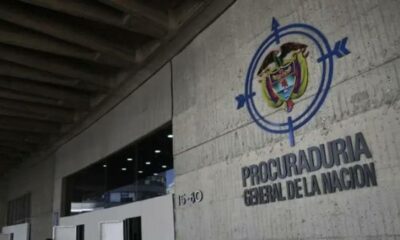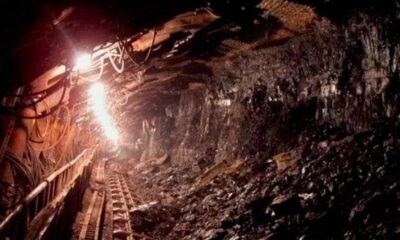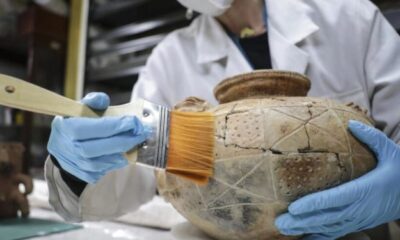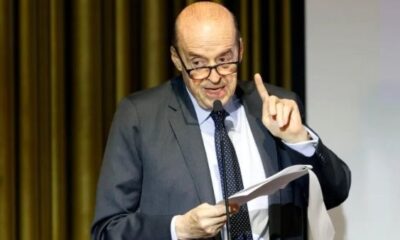International
Colombia, ELN guerrillas to start new peace talks Monday in Caracas
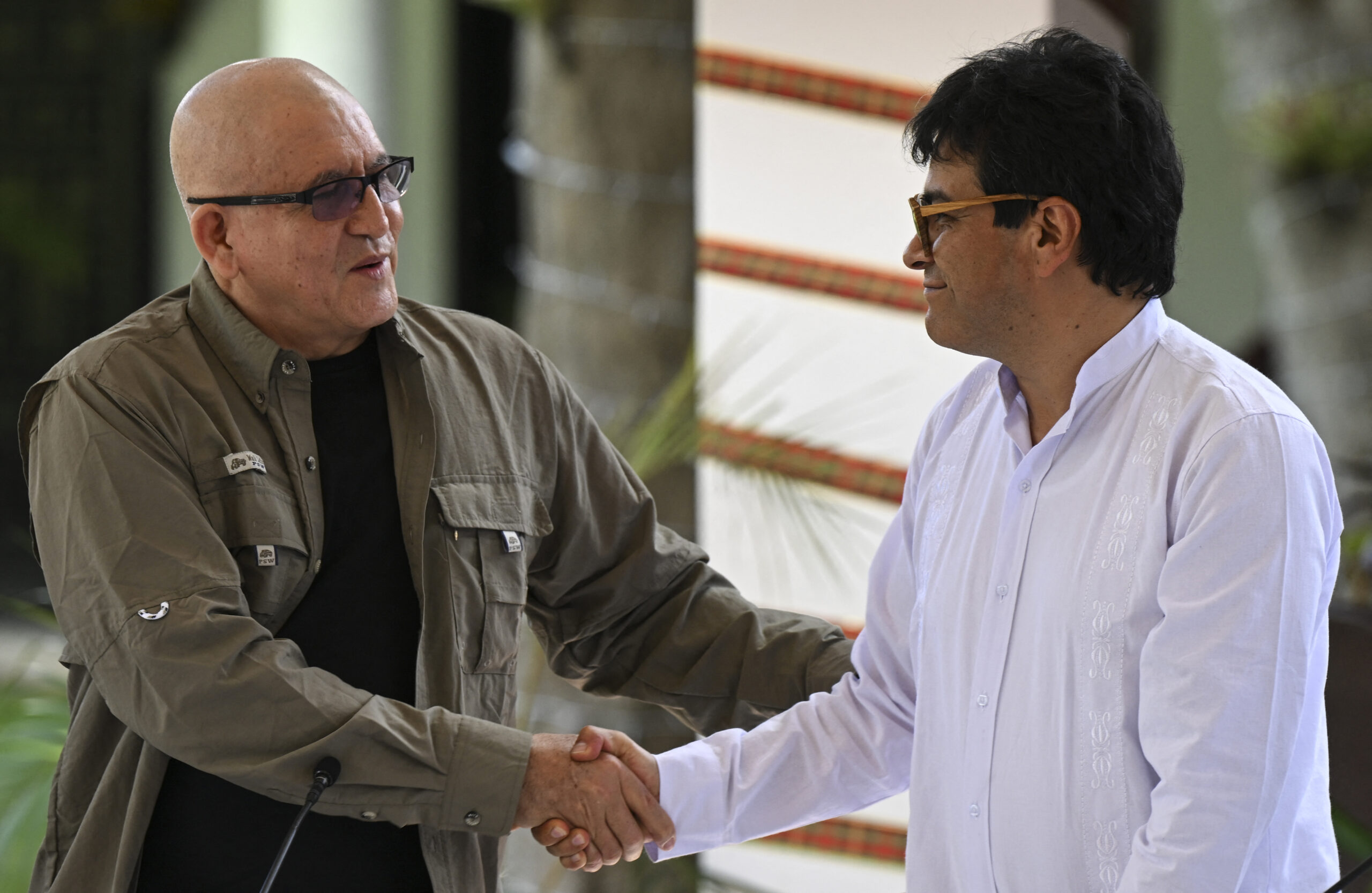
| By AFP |
Colombia’s government and the leftist National Liberation Army (ELN) guerrilla group will resume peace talks on Monday after a nearly four-year hiatus, the parties announced.
The resumption of negotiations “will be next Monday, November 21, in the afternoon in the city of Caracas,” read a statement posted to Twitter Friday and signed by the Colombian High Commissioner for Peace, Danilo Rueda, and ELN peace delegation member Pablo Beltran.
Colombia has suffered more than half a century of armed conflict between the state and various groups of left-wing guerrillas, right-wing paramilitaries and drug traffickers.
The ELN is the last recognized rebel group operating in Colombia, although FARC dissidents who refused to sign the 2016 peace deal remain active.
Negotiations with ELN, started in 2016, were interrupted three years later by conservative president Ivan Duque following a car bomb attack on a police academy in Bogota that left 22 people dead.
President Gustavo Petro, who in August became Colombia’s first leftist leader, has vowed to take a less bellicose approach than his predecessors to seeking an end to the violence.
“We are aware of the deep desire of the Colombian people… to move forward through a peace process and democracy building,” the joint statement read.
As a good-will gesture, the guerrillas on Wednesday released two soldiers who had been captured near Venezuela earlier this month.
While the two sides have not declared a ceasefire, they agreed in October to resume talks. The new round has Venezuela, Cuba and Norway acting as guarantors.
The initial, 2016 dialogue with the ELN kicked off under ex-president Juan Manuel Santos, who signed a peace treaty with the larger Marxist Revolutionary Armed Forces of Colombia (FARC) rebel group, which subsequently laid down weapons and created a political party.
The ELN’s peace delegation spent four years based in Cuba, as they had been barred from returning to Colombia.
They left Cuba for Venezuela in October to begin the new talks promised by Petro, himself a former urban guerrilla.
The government and ELN have not yet released full lists of negotiators for the talks beginning Monday.
Colombia and Venezuela recently resumed relations after a 2019 rupture caused by Duque’s refusal to recognize President Nicolas Maduro’s reelection the year before in a vote widely condemned as a sham by the international community.
Duque had accused Venezuela’s socialist leader of harboring rebels across the border.
But since Petro came to power, he has reestablished diplomatic ties with Caracas, allowing the Maduro government to help facilitate peace talks with the ELN.
Founded in 1964, the ELN counts around 2,500 members, about 700 more than it did when negotiations were broken off.
It is mostly active in the Pacific region and along the 2,200-kilometer (1,367-mile) border with Venezuela.
International
Trump Orders Construction of New ‘Golden Fleet’ to Revitalize U.S. Naval Superiority
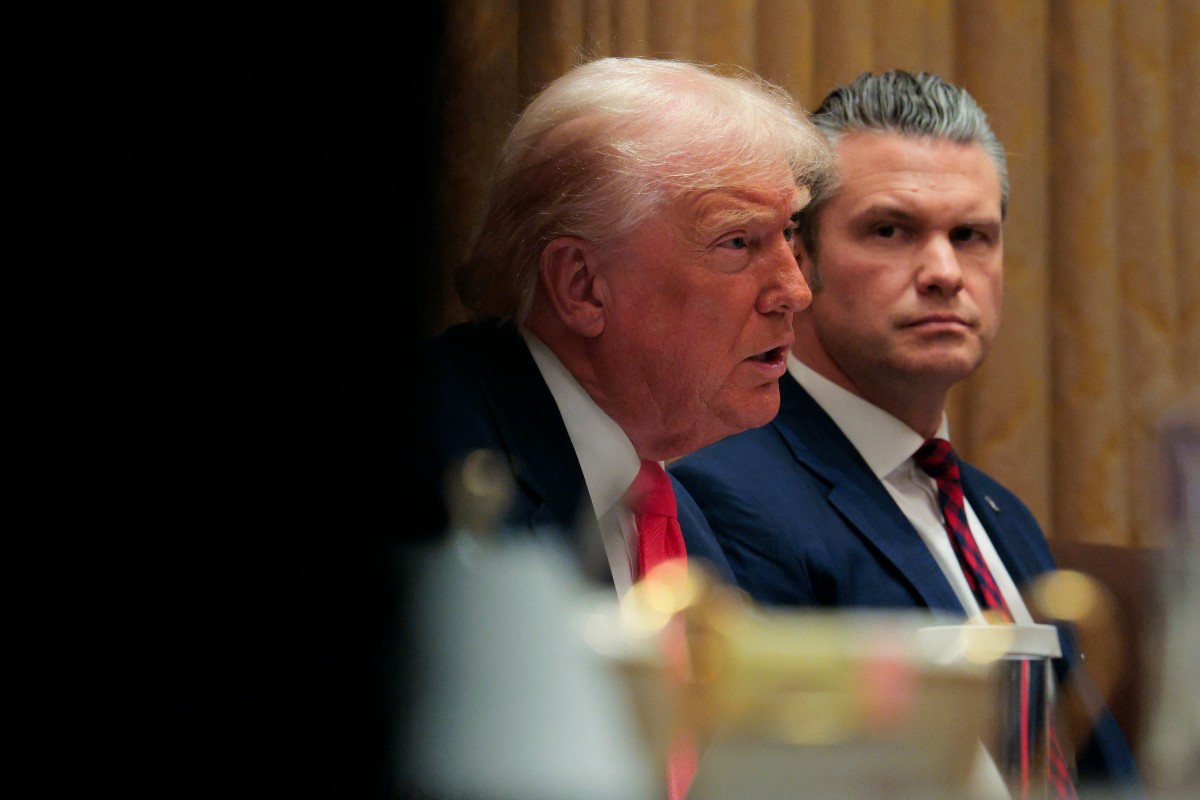
President Donald Trump issued an executive order this Monday for the immediate construction of two new warships that will bear his name. These vessels will be the pioneers of what he described as the “Golden Fleet,” a future generation of “Trump-class” battleships that he claimed would be “100 times more powerful” than those currently in service.
The announcement took place at his private residence in Mar-a-Lago, Florida. The President indicated that following the initial two ships, the administration aims to commission up to 25 additional vessels. He is scheduled to meet with Florida-based contractors next week to expedite production, criticizing existing defense firms for failing to deliver results efficiently.
This naval expansion is a cornerstone of Trump’s goal to revitalized the American shipbuilding industry and address the strategic gap between the U.S. and competitors like China.
The move comes amid heightened geopolitical tension. Just last week, Trump ordered the seizure of all sanctioned tankers involved with Venezuela’s “ghost fleet” to cripple the country’s crude oil industry. Since December 10, the U.S. military—deployed in the Caribbean under the guise of counter-narcotics operations—has already detained two tankers linked to Venezuelan oil transport.
International
U.S. Judge Blocks ICE from Re-detaining Salvadoran Erroneously Deported Under Trump Administration
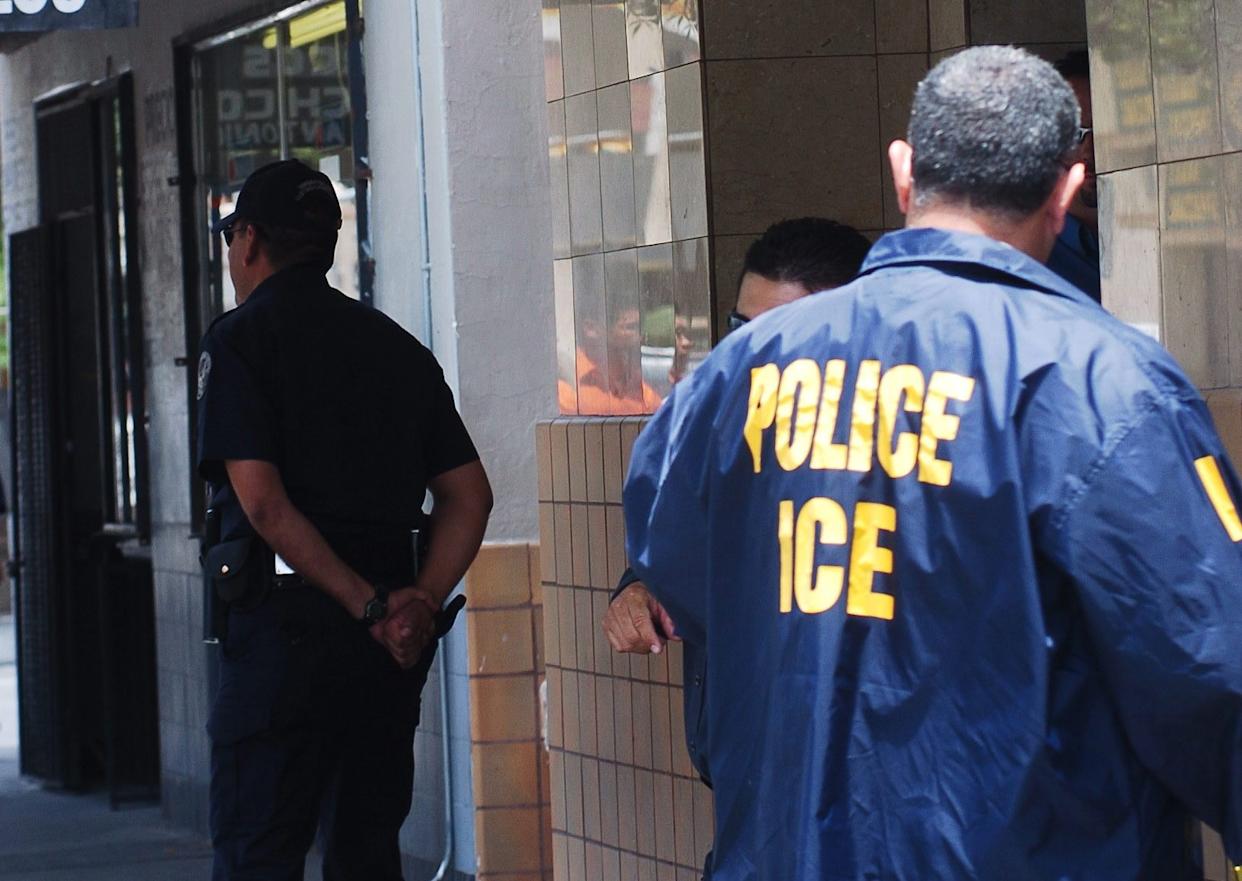
A U.S. federal judge ruled this Monday, December 22, that Immigration and Customs Enforcement (ICE) is prohibited from re-detaining Salvadoran national Kilmar Ábrego García, who was erroneously deported to El Salvador earlier this year during the administration of President Donald Trump.
During a hearing in Maryland, U.S. District Judge Paula Xinis ruled that Ábrego García must remain free on bail through the Christmas holidays, concluding that his initial detention lacked a legal basis. The ruling follows a request from his legal team for a temporary restraining order to prevent ICE from carrying out a new arrest.
Earlier this month, on December 11, Judge Xinis ordered his release from a Pennsylvania migrant detention center after determining that the government had detained him without a formal deportation order. In 2019, an immigration judge had already ruled that Ábrego could not be returned to El Salvador because his life was in danger.
Despite that protection, Ábrego García was deported in March 2025 following a raid by the Trump administration. Officials argued at the time that he was a gang member, and he was sent directly to the Center for the Confinement of Terrorism (CECOT) in El Salvador. In June, he was returned to the United States to face a new trial for alleged human smuggling—a charge he denies.
On Monday, Judge Xinis also temporarily invalidated a new deportation order issued by an immigration judge following Ábrego’s recent release, granting him legal protection through the coming weeks. His trial is scheduled to begin in Tennessee in January 2026.
International
Fire at substation triggers major blackout in San Francisco
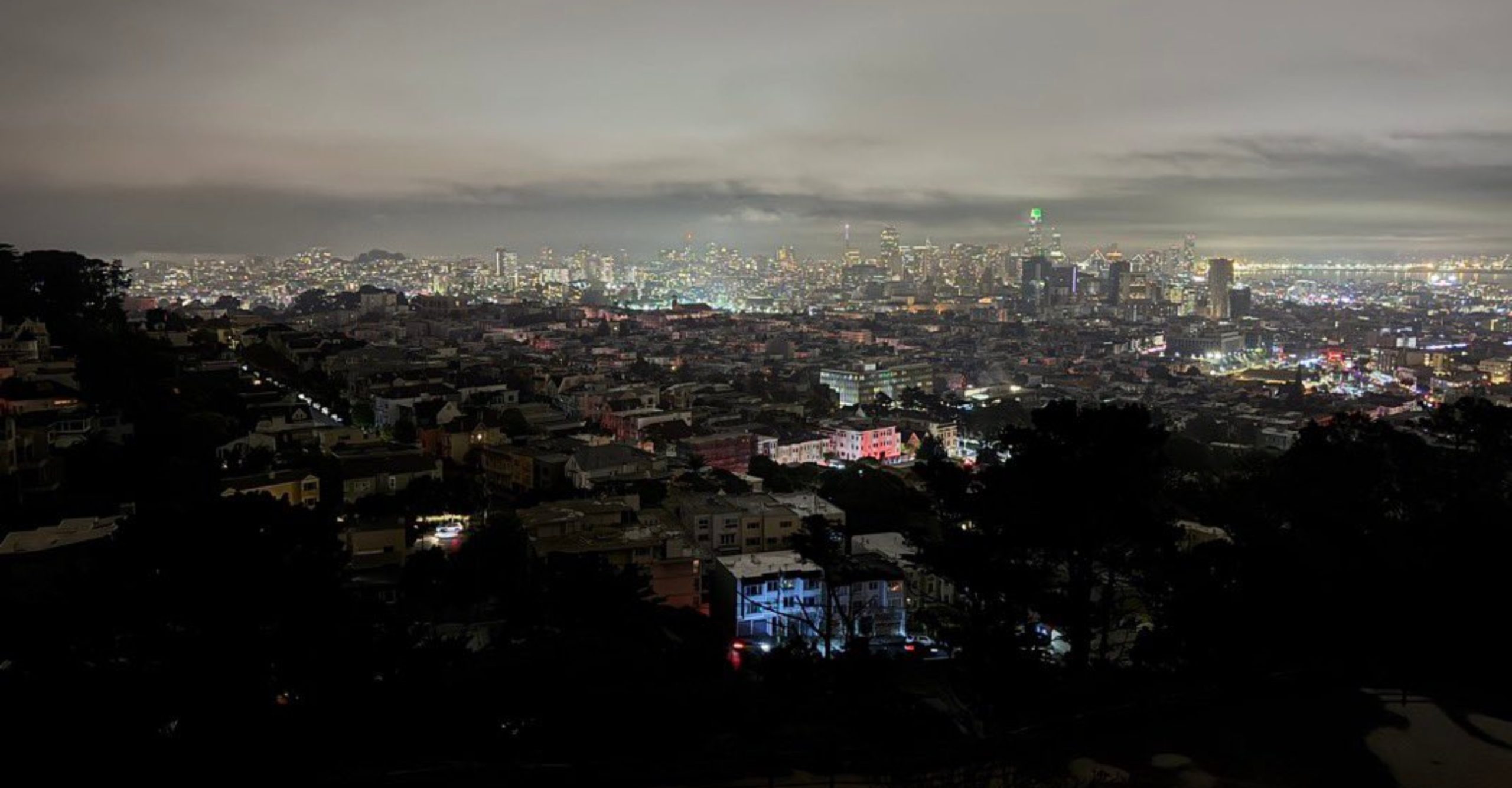
The U.S. city of San Francisco was plunged into darkness Saturday night after a power outage left about 130,000 customers without electricity, although the utility company said service was restored to most users within hours.
Pacific Gas & Electric Company (PG&E) said in a statement posted on X that nearly 90,000 homes had their power restored by 9:00 p.m. local time (05:00 GMT on Sunday), while the remaining 40,000 customers were expected to have service restored overnight.
Large areas of the city, a major technology hub with a population of around 800,000, were affected by the blackout, which disrupted public transportation and left traffic lights out of service during the busy weekend before Christmas, a crucial period for retail businesses.
“I know it’s been a difficult day,” San Francisco Mayor Daniel Lurie said in a video posted on social media from the city’s emergency operations center. “There has been progress, but for those still without power, we want to make sure they are safe and checking in on their neighbors,” he added.
Lurie said police officers and firefighters advised residents to stay home as much as possible. He also noted that officers and traffic inspectors were deployed to manage intersections where traffic lights were not functioning.
The mayor confirmed that the outage was caused by a fire at an electrical substation. Parts of the city were also covered in fog, further complicating conditions during the incident.
As a result of the blackout, many businesses were forced to close despite it being the weekend before Christmas. The sudden drop in shopper traffic ahead of the holiday is “devastating” for retailers, the manager of home goods store Black & Gold told the San Francisco Chronicle.
-

 International4 days ago
International4 days agoShakira’s El Salvador concerts sell out in hours, fans demand more dates
-

 International3 days ago
International3 days agoPentagon confirms Trump pick for SouthCom as U.S. military pressure grows
-

 International4 days ago
International4 days agoTrump moves to reclassify marijuana as less dangerous substance
-

 International3 days ago
International3 days agoArgentina detects first local cases of Influenza A (H3N2) Subclade K
-
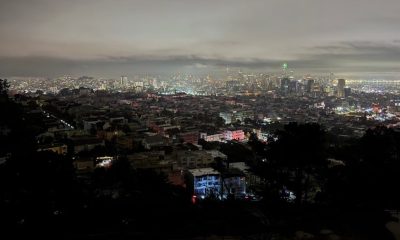
 International2 days ago
International2 days agoFire at substation triggers major blackout in San Francisco
-
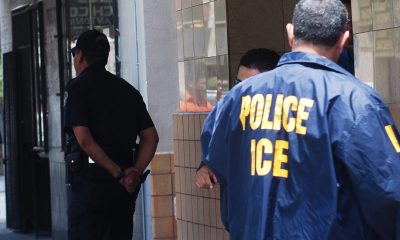
 International18 hours ago
International18 hours agoU.S. Judge Blocks ICE from Re-detaining Salvadoran Erroneously Deported Under Trump Administration
-
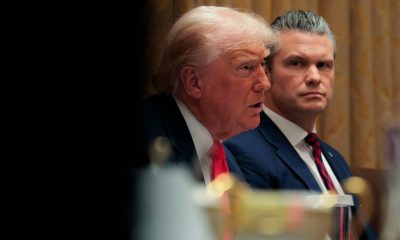
 International18 hours ago
International18 hours agoTrump Orders Construction of New ‘Golden Fleet’ to Revitalize U.S. Naval Superiority
-
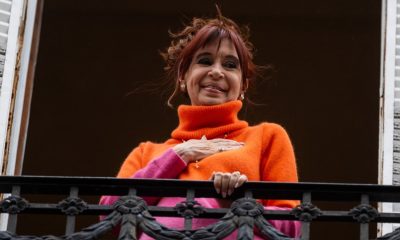
 International2 days ago
International2 days agoCristina Kirchner recovering after appendicitis surgery in Buenos Aires



























